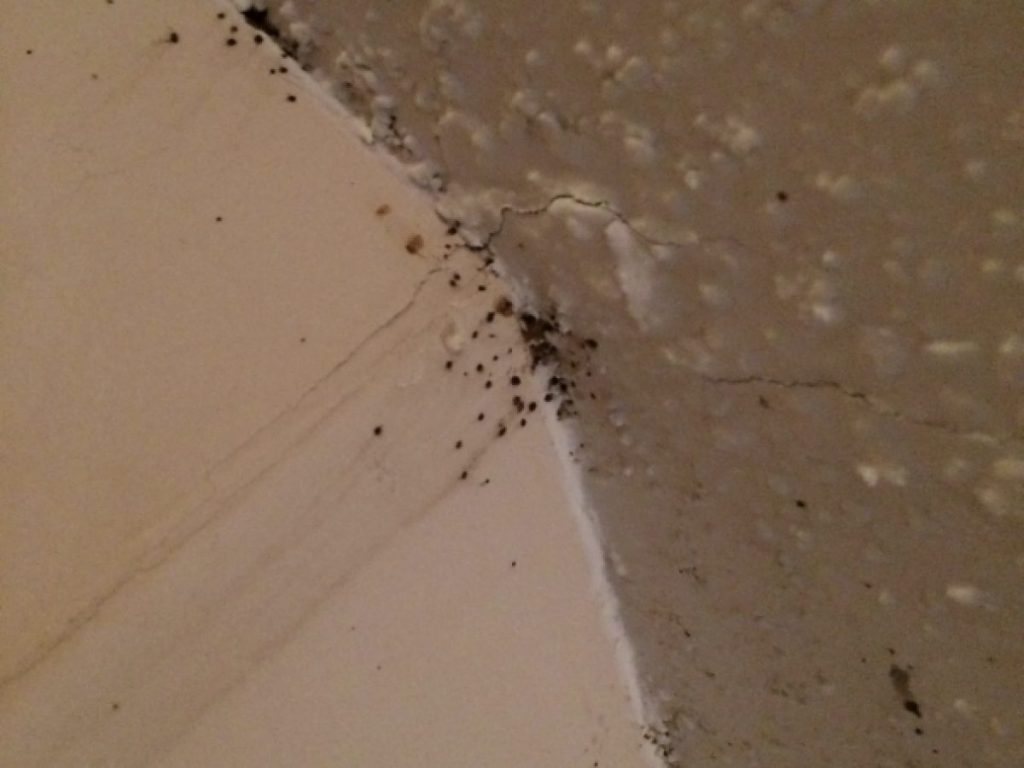As a homeowner, one of the last things I want to think about is bed bug poop. But it’s important to be aware of what it looks like so that I can identify it and take the necessary steps to get rid of it. In this article, I’ll be taking a look at what bed bug poop looks like and how to identify it.
What is a Bed Bug?
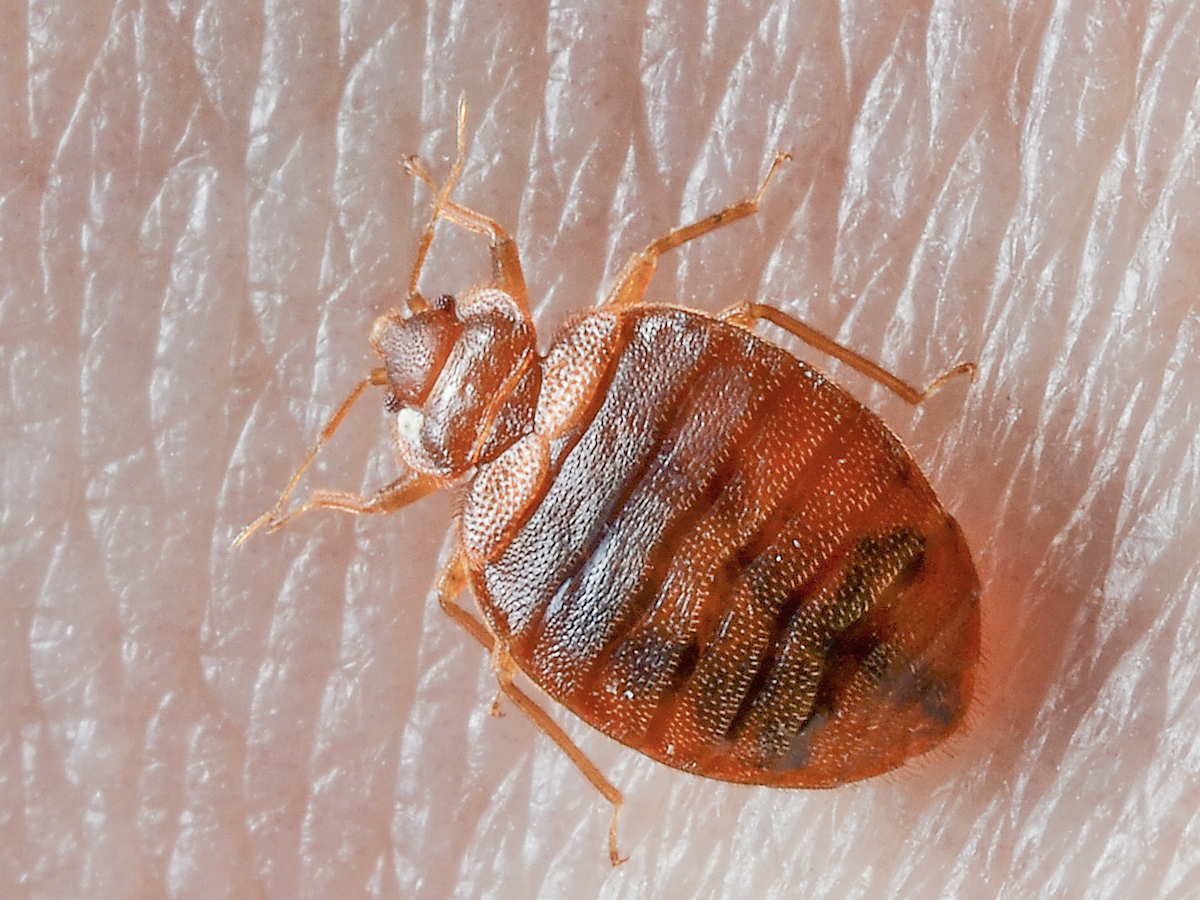
Bed bugs are small, brownish, oval-shaped insects that feed on the blood of humans and animals. They typically live in warm and humid environments, such as in mattresses, box springs, furniture, and bedding. Bed bugs have flat bodies, so they can easily hide in tight spaces. They measure about a quarter of an inch in length and are about the size of an apple seed.
Bed bugs are nocturnal, meaning they come out at night to feed. They use their piercing and sucking mouthparts to feed on the blood of their host. They usually feed for about five minutes before returning to their hiding place.
Bed bugs can spread from one location to another by hitching a ride on luggage, furniture, clothing, and other items. They can also spread by crawling through walls and ceilings.
Table:
| Name | Description |
|---|---|
| Bed Bug | Small, brownish, oval-shaped insects that feed on the blood of humans and animals. |
| Size | About a quarter of an inch in length and are about the size of an apple seed. |
| Behavior | Nocturnal, feed for about five minutes before returning to their hiding place. |
| Spread | Hitching a ride on luggage, furniture, clothing, and other items, crawling through walls and ceilings. |
What Does Bed Bug Poop Look Like?

Bed bug poop is often a telltale sign that you may have an infestation. The appearance of bed bug poop can vary depending on the age of the bug and what they have recently eaten. It is usually black in color and is found in tiny spots on bedding and sheets. The size of the spots can range from 1-5 mm in diameter and can appear in clusters or in a line.
Bed bug poop looks like tiny black specks, which can be found on mattresses, bed sheets, and other furniture around the home. It is made up of digested blood from the host and has the consistency of ground pepper. It looks like tiny, dark spots on the material.
| Bed Bug Stage | Appearance |
|---|---|
| Eggs | White and about 1mm in size |
| Nymphs | Small black specks of digested blood |
| Adults | Larger black spots of digested blood |
It is important to note that bed bug feces are not always visible. In some cases, they may have already been cleaned up or have been disturbed so that they are no longer visible. It is also important to note that bed bug poop is not always black in color. In some cases, it could be red or brown depending on the color of the host’s blood.
If you suspect that you have an infestation, it is important to look for bed bug poop as a sign. It is also important to look for other signs such as discarded skins, eggs, and the actual bugs themselves.
If you find any of these signs, it is important to take immediate action to prevent the infestation from spreading. This can include contacting a pest control professional and thoroughly cleaning and vacuuming all areas of the home.
Identifying Poop on Bedding
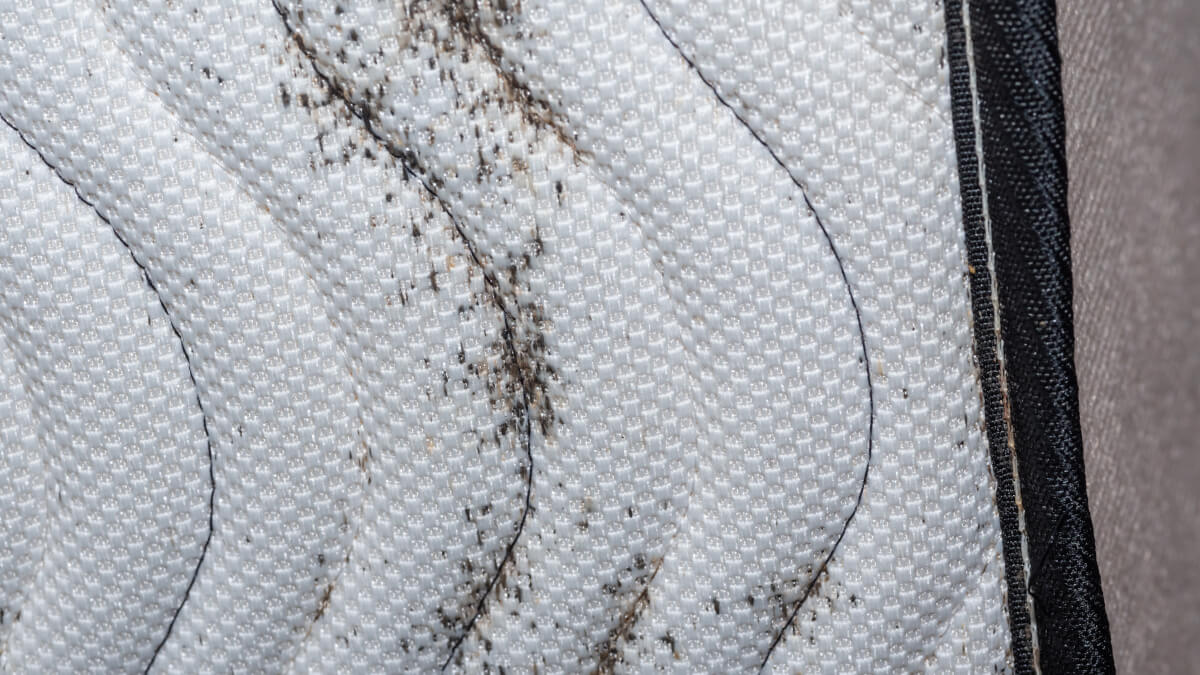
Bed bug poop is often a telltale sign of an infestation. It’s important to know what bed bug feces looks like in order to identify an infestation early on. Bed bug poop usually looks like small black or dark brown spots on bedding, mattresses, and pillows. The spots are usually found in clusters and often smeared from the bugs crawling over the fabric. The fecal spots are usually irregularly shaped and vary in size, but are usually about 1-2 millimeters in diameter. Bed bug poop can also appear as stains or streaks on the fabric.
In addition to the dark spots, bed bug poop can leave a distinct smell on bedding and other fabric items. The smell is often described as a musty or sweet odor. If you suspect that you have bed bugs, take a close look at the bedding and inspect for bed bug poop. If you find any dark spots that resemble bed bug poop, you should contact a pest control specialist immediately.
Color
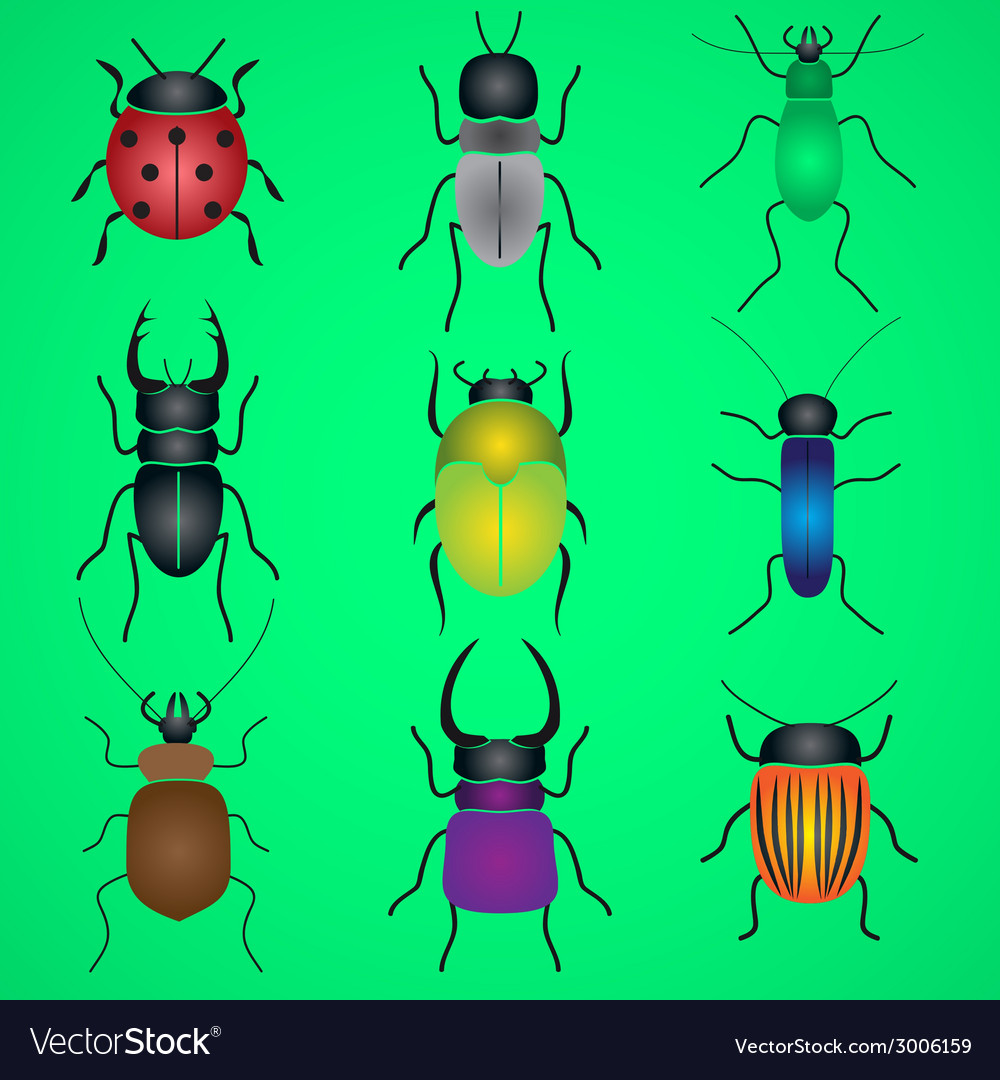
Bed bug poop is usually black or dark brown in color. It is not always easy to distinguish it from dirt, due to its small size. The color can also vary depending on the type of food the bed bugs are eating. For example, bed bugs that have recently fed on human blood may produce reddish-brown droppings.
If you find suspicious black or dark brown spots on your bedding, it is important to inspect the area with a magnifying glass or microscope. This will help to confirm whether the spots are bed bug droppings or something else, such as dirt or dust.
| Food Source | Color |
|---|---|
| Human blood | Reddish-brown |
| Animal blood | Dark brown |
| Plant matter | Black |
Shape
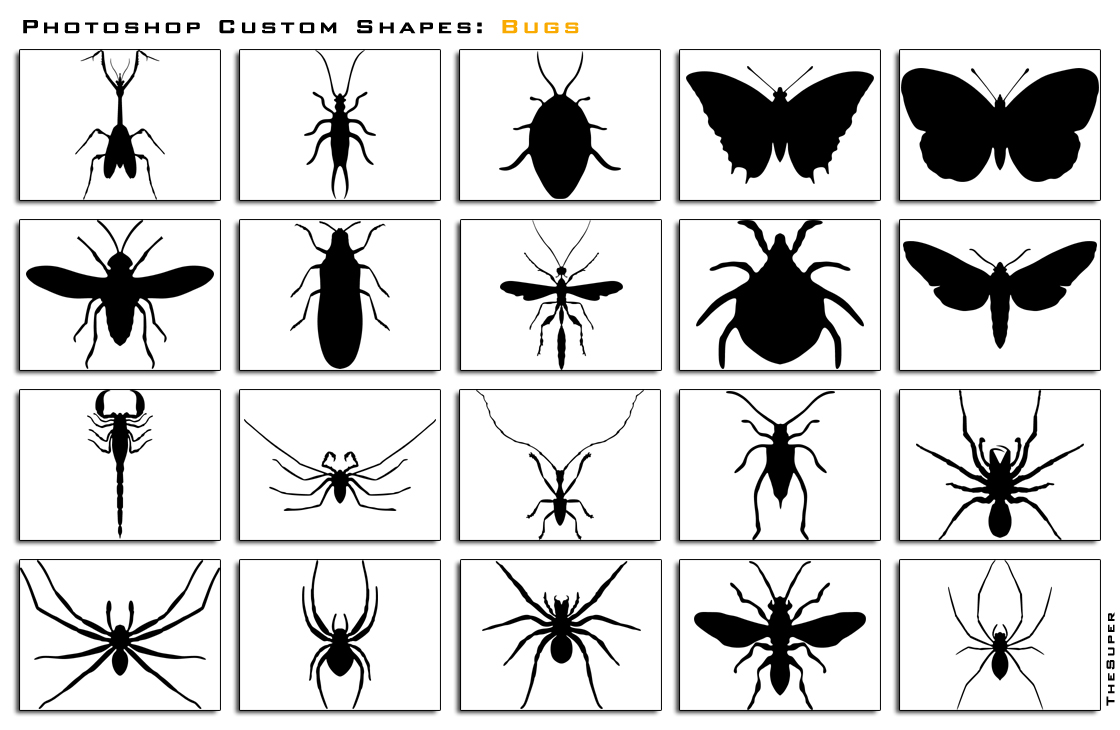
Bed bug poop is usually small and shaped like a comma. It tends to be dark in color, almost black, and can look similar to coffee grounds. It is important to note that bed bug poop may contain eggs or eggshells as well. Bed bug poop can be found in the corners of mattresses, along the seams of sheets and blankets, and in other areas where bed bugs hide.
Location
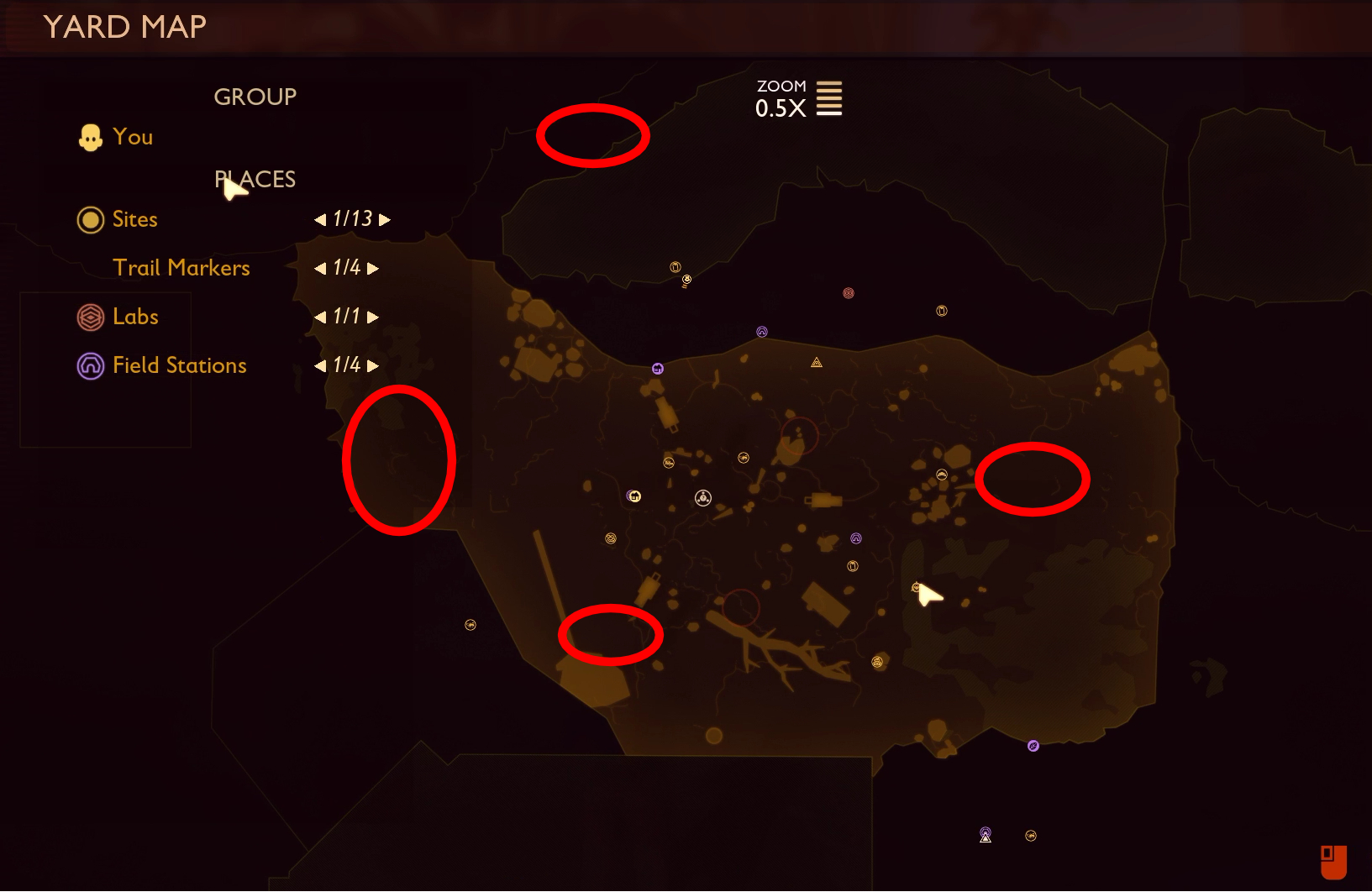
- Bed bug faeces are most commonly found in mattresses, box springs and bed frames.
- They can also be found in other furniture such as couches, chairs and ottomans.
- Bed bug poop can be found on walls, floors, curtains and other areas.
- In addition, bed bug faeces can also be found on clothing and bedding.
Identifying Bed Bug Poop on Other Surfaces
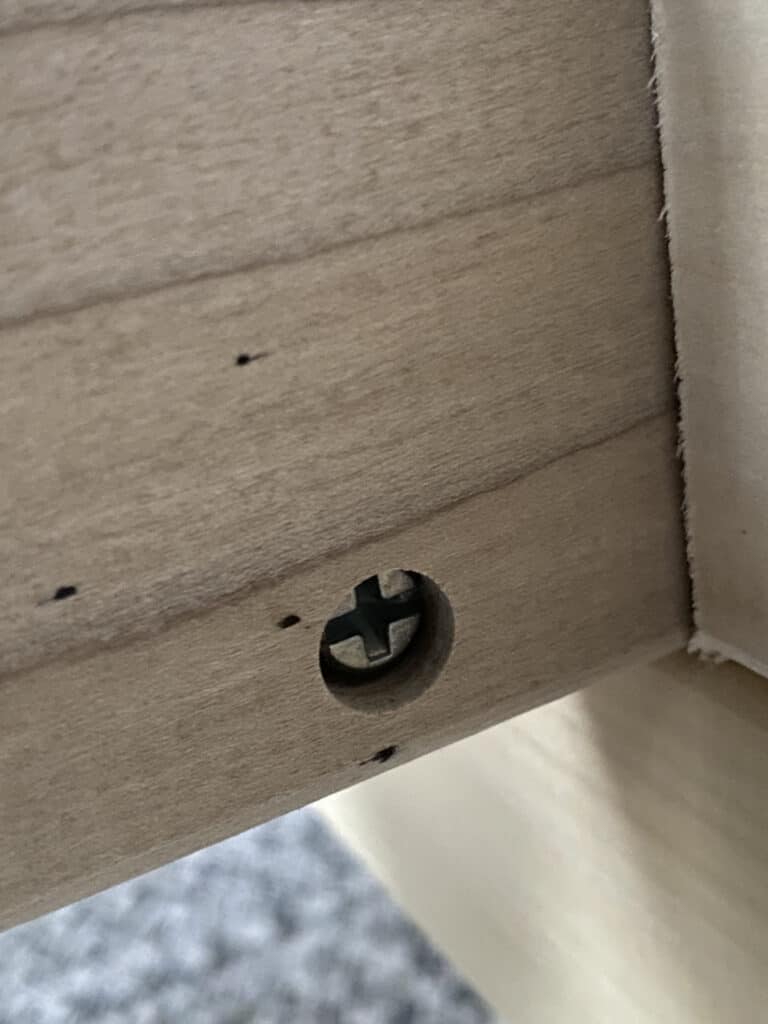
Bed bug poop is usually found on mattresses, box springs, and other areas where people sleep. But they can also leave telltale stains on other surfaces. Here’s how to identify their droppings on different fabrics and materials.
Wood and Furniture
Bed bug poop on wood or furniture may appear as dark spots or smears. Stains on wood can be brown, black, or red in color. The stains are usually dry and may have a distinct odor.
Upholstery and Carpet
On upholstery and carpet, bed bug poop may appear as small dark spots. The spots may be dry or wet, and may have an unpleasant odor.
Fabric and Clothing
Bed bug poop on fabric and clothing can appear as small, dark spots. The spots may be dry or wet, and may have an unpleasant odor.
Plastic, Metal, and Ceramic
On plastic, metal, and ceramic surfaces, bed bug poop may appear as small, dark spots or smears. The stains may be dry or wet, and may have an unpleasant odor.
In conclusion, bed bug poop can appear as small, dark spots or smears on many different surfaces, including wood, furniture, upholstery, carpet, fabric, clothing, plastic, metal, and ceramic. Stains can be brown, black, or red in color and may be dry or wet. The spots may have an unpleasant odor.
Cleaning Up Bed Bug Poop
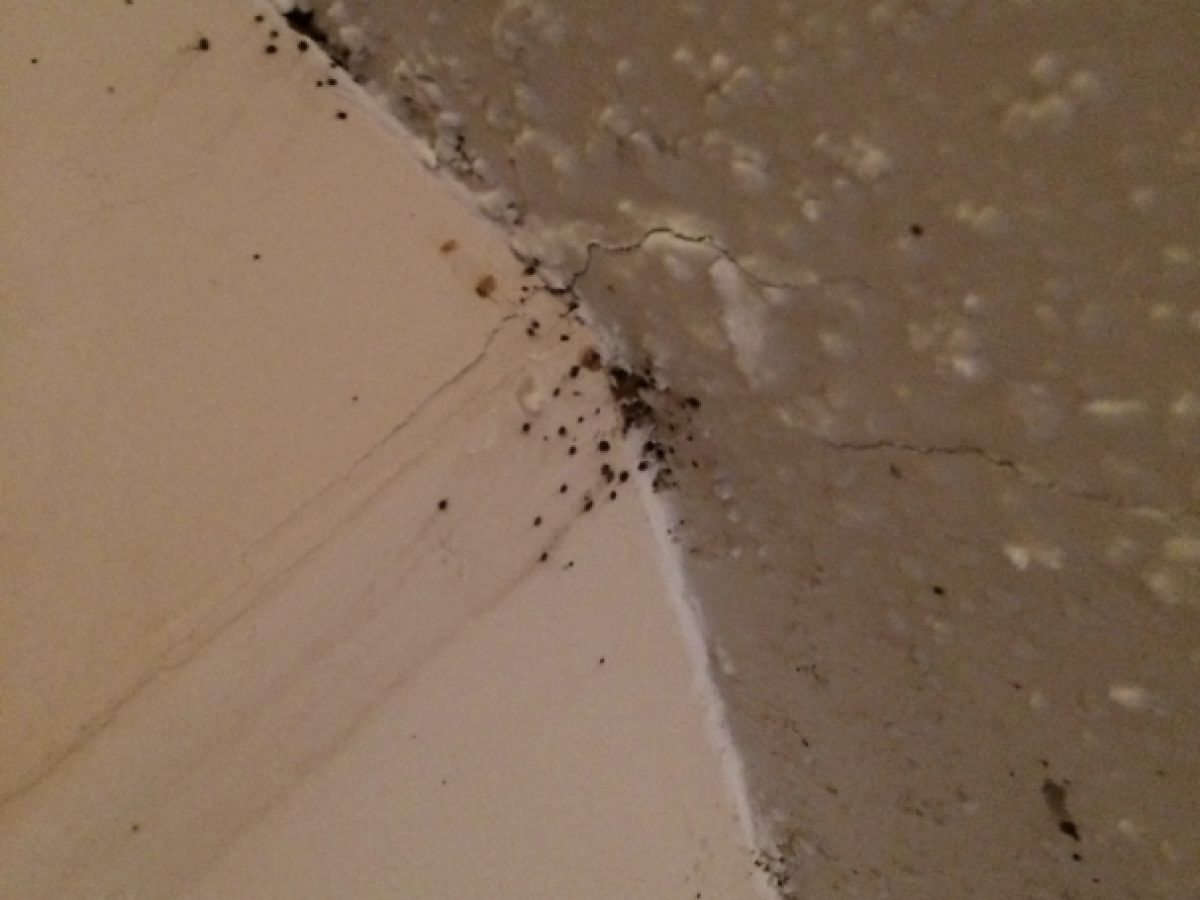
Bed bug poop can be unsightly and difficult to clean up. It is important to take the right steps when cleaning up these fecal spots in order to prevent any further contamination. Here’s how to clean up bed bug poop:
- Vacuum the area thoroughly to remove any loose particles.
- Mix a solution of 1 part bleach and 9 parts water in a spray bottle.
- Spray the solution onto the fecal spots.
- Allow the solution to sit for 10 to 15 minutes.
- Scrub the area with a brush or sponge.
- Rinse the area with clean water.
- Allow the area to air dry.
If the area is heavily contaminated, it may be necessary to repeat the cleaning process several times. Additionally, it is important to ensure that the area is completely dry before attempting to treat the area for bed bugs.
Bed Bug Poop vs. Other Insect Poop
I’m often asked what bed bug poop looks like, and how it differs from other insect poop. Generally speaking, bed bug poop is smaller and darker than other insect poop. It is usually a dark reddish-brown in color and can often be found in clusters on mattresses, box springs, and headboards.
Bed bug poop is made up of digested blood, whereas other insect poop is composed of digested plant matter. This gives bed bug poop a much darker color and a distinctive smell. Bed bug poop also tends to be smaller than other insect poop, ranging from 1-4mm in length.
Finally, bed bug poop is often found in clusters, with several droppings grouped together. This is because bed bugs defecate after every meal, which is usually several times a day. Other insect poop, on the other hand, will generally be spread out and not grouped together in clusters.
In conclusion, bed bug poop is generally smaller, darker, and found in clusters. It is made up of digested blood and has a distinctive smell. Other insect poop is usually larger and composed of digested plant matter.
How to Prevent Bed Bugs from Entering Your Home
I take preventive measures to keep bed bugs from entering my home. Here are some of the steps I take to keep bed bugs at bay:
• I inspect my home regularly for signs of bed bugs, such as fecal spots or shed skins.
• I vacuum upholstered furniture, carpets, and rugs regularly, and empty the vacuum bag immediately.
• I wash bedding, curtains, and other fabrics on a regular basis in hot water and a hot dryer cycle.
• I take care when staying in hotels by checking for signs of bed bugs in the room.
• I avoid bringing second-hand furniture or bedding into my home.
• I use a mattress encasement on my bed to prevent bed bugs from entering or living in my mattress.
• I seal any cracks or crevices in my walls, floors, and furniture to prevent bed bugs from entering.
• I use a professional pest control service to inspect and treat my home if I suspect a bed bug infestation.
By following these steps, I can rest assured that my home is free of bed bugs.
Frequently Asked Questions
What do Bed Bug Droppings Look Like?
Bed bug droppings can vary in color and size. They are usually dark in color and may appear as small spots of blood on bedding or mattresses. The droppings can also take on a yellowish hue when dried. Bed bug droppings are typically about the size of a grain of salt or pepper and may be found in clusters or lines.
What else looks like bed bug feces?
Cockroach droppings can resemble bed bug feces, but are more often found in the corners of rooms and near baseboard heating units. Dust mites also leave behind feces, but it is too small to be seen with the naked eye. Rodent droppings are much larger in comparison to bed bug feces and can be found near food sources and other areas where rodents tend to hide. Mold spores and mildew can also look similar, but will usually appear as spots of black, gray, or green on surfaces.
What color is bed bug poop?
Bed bug poop is dark colored, and can range from reddish-brown to dark brown, depending on the individual bed bug and the color of the host’s blood. Bed bug poop is often accompanied by an unpleasant odor.
What does bed bug poop look like on sheets?
Bed bug poop on sheets look like small, rust-colored stains. The stains are the result of bed bug excrement and can be found on sheets, pillowcases, bedding, and mattresses. Bed bug poop is made up of digested blood, and is usually found in clusters or a line pattern. The stains can be difficult to see, but they will become more noticeable over time.
What Does Bed Bug Dirt Look Like?
Bed bug dirt is the droppings they leave behind. It looks like flecks of black pepper or coffee grounds and is usually found near the bed bugs’ hiding places. It can also have a slightly sweet smell. Bed bug dirt can be found on sheets, mattresses, and box springs, as well as in crevices in the walls and floors.
Conclusion
Bed bug poop looks like tiny dark-colored spots, with a shape that can vary from round to oblong. It is usually concentrated around the bedding, mattress, and other areas where the bed bugs feed. In most cases, it is found in clusters and smears, and can be mistaken for dirt or lint. To avoid confusion, it is important to look for other signs of bed bug activity, such as bites, shed skins, and eggs. If you suspect you have bed bugs, it is important to contact a pest control professional for help.
